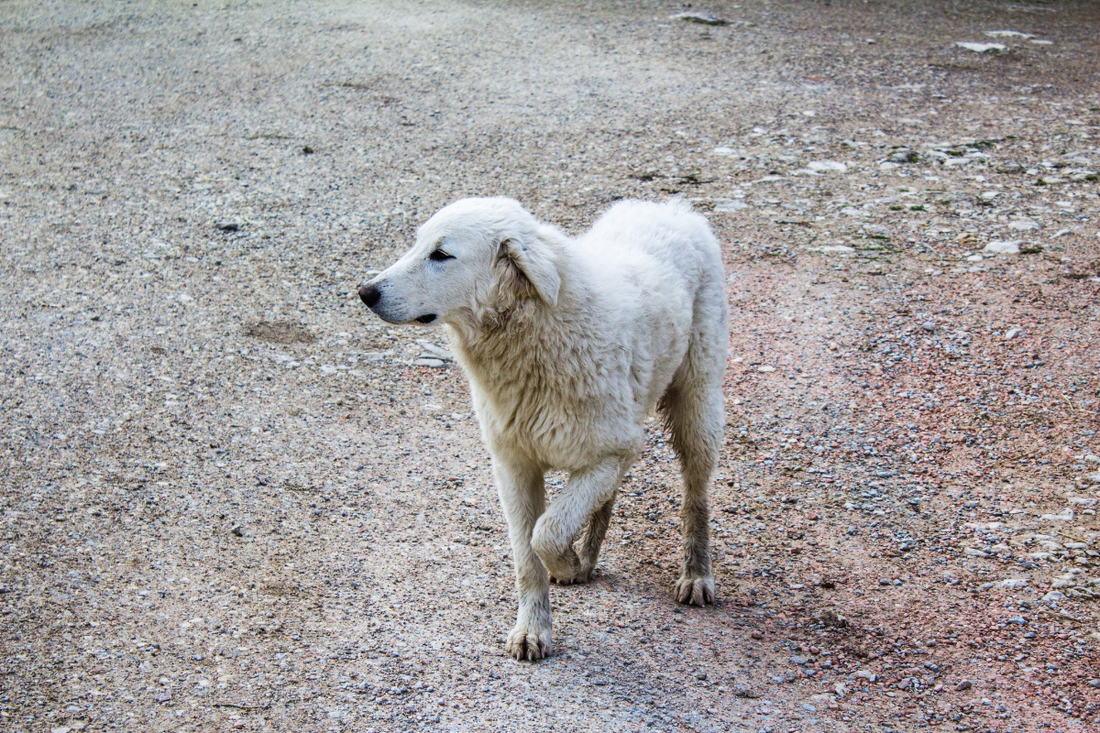
Trailside First Aid: Handling Common Injuries and Emergencies for Hiking Dogs
Share
There’s nothing quite like watching your dog bound down a trail, ears flopping, tail wagging, nose working overtime. But even the most prepared adventurers can face the unexpected—and when that adventurer has four paws and fur, it’s up to you to know what to do.
That’s where trailside first aid comes in. Whether it’s a scraped paw, a surprise sting, or signs of heat exhaustion, knowing how to respond can make all the difference. Let’s walk through the most common hiking injuries for dogs, how to handle them on the go, and how to stay one step ahead.
When Adventure Gets Bumpy: Common Hiking Injuries in Dogs
Paw pad cuts or abrasions
Rough terrain, sharp rocks, and hot surfaces can take a toll on your pup’s paws. If your dog starts limping, favoring a foot, or you notice bleeding, gently rinse the area with clean water, apply pressure to stop bleeding, and bandage it if needed. A pair of booties in your pack can help them finish the hike comfortably.
Bug bites, bee stings, or allergic reactions
Dogs love to sniff, dig, and explore—all perfect ways to get stung. Most stings just cause swelling or itching, but keep an eye out for more serious signs like facial swelling, hives, or breathing trouble. If that happens, it’s time to head off the trail and seek emergency care. A small dose of antihistamine (if cleared by your vet in advance) can help with mild reactions.
Heat exhaustion
Warm-weather hikes are fun—but dogs don’t sweat like we do, and overheating can sneak up fast. Heavy panting, drooling, wobbly walking, or glazed eyes are red flags. Move to the shade, offer cool water, and wet their fur to help lower body temp. Better yet, plan hikes early in the morning and take frequent breaks with water.
Cuts, scrapes, or bleeding
Dogs can snag themselves on underbrush or sharp objects. A small first-aid kit with gauze, vet wrap, and antiseptic can help you handle minor wounds. Clean the cut, stop any bleeding, and keep your dog from licking it until you’re home. For anything deep or persistent, it’s vet time.
Limping or sprains
A sudden yelp, refusal to put weight on a leg, or an awkward gait might mean a soft tissue injury. If your dog isn’t in distress, help them rest and take things slowly. Keep walks short until you can get a professional opinion.
First Aid Essentials for Your Hiking Pack
You don’t need to carry a vet clinic on your back—but having a few key items makes a big difference:
- Gauze pads and self-adhesive wrap (for wounds)
- Blunt-tip scissors and tweezers (for removing ticks or thorns)
- Saline or antiseptic wipes (for cleaning cuts)
- Dog-safe antihistamine (ask your vet about proper dosage)
- Collapsible water bowl and extra water
- Booties or paw wax (for rough terrain)
- A muzzle (even gentle dogs may bite if they’re in pain)
- Emergency contact info for your vet or local animal ER
Want to build your own kit from scratch? We’ve got you covered—check out our full guide to creating a DIY First Aid Kit for Hiking with Your Dog with practical tips and gear recommendations to match your hiking style.
Prevention Is the Best First Aid
There’s a lot you can do to avoid injuries before they happen:
- Trim paw fur and nails before hikes to reduce snags
- Check trail conditions and avoid rough or hot surfaces when possible
- Bring enough water for both of you (dogs need frequent hydration too)
- Take breaks—especially in warm weather or on uphill climbs
- Keep your dog leashed or under voice control, especially in unfamiliar terrain
And always do a quick once-over after the hike: check between toes, behind ears, and along the belly for ticks, burrs, or hidden scrapes.
Know When to Turn Back
Sometimes, the best decision is the one that gets your dog home safe. If your pup is limping badly, seems disoriented, refuses to move, or shows signs of serious distress, don’t push on. Carry them if you can, or call for help if needed. A slower day is better than a serious emergency.
Adventure Confidently—With Safety in Your Pack
Being prepared doesn’t mean being paranoid—it means you can hike with confidence, knowing you’ve got your dog’s back no matter what the trail throws your way. So pack your essentials, keep your eyes open, and give your pet the freedom to explore safely.
